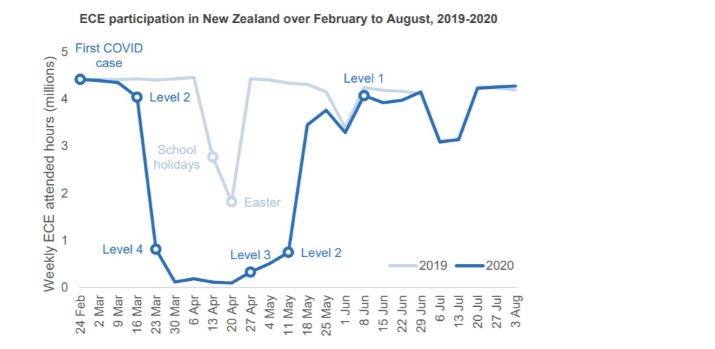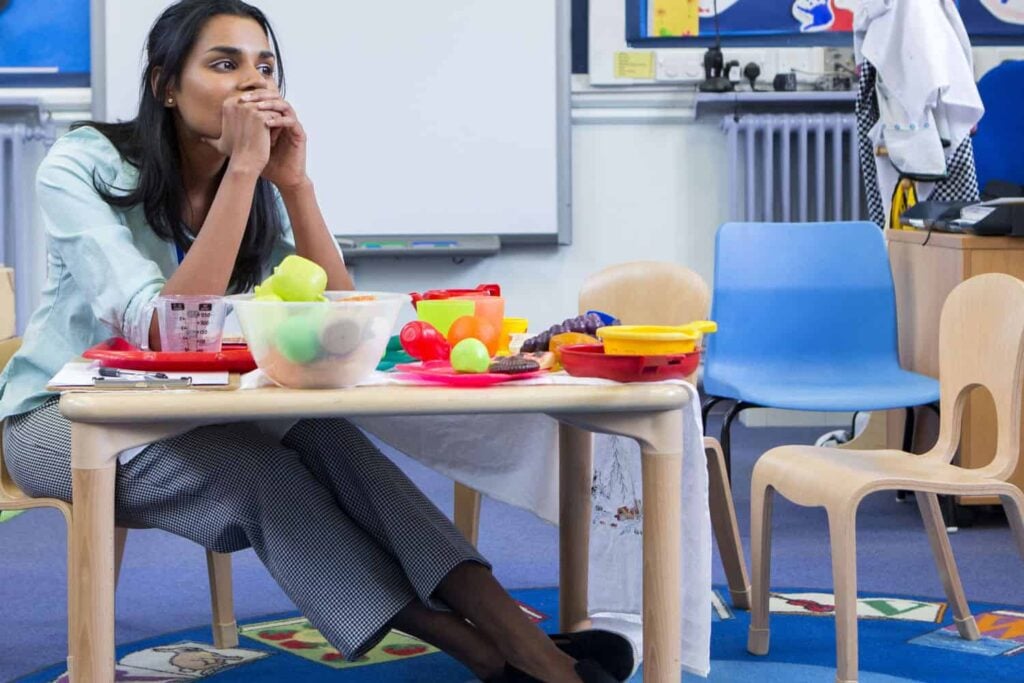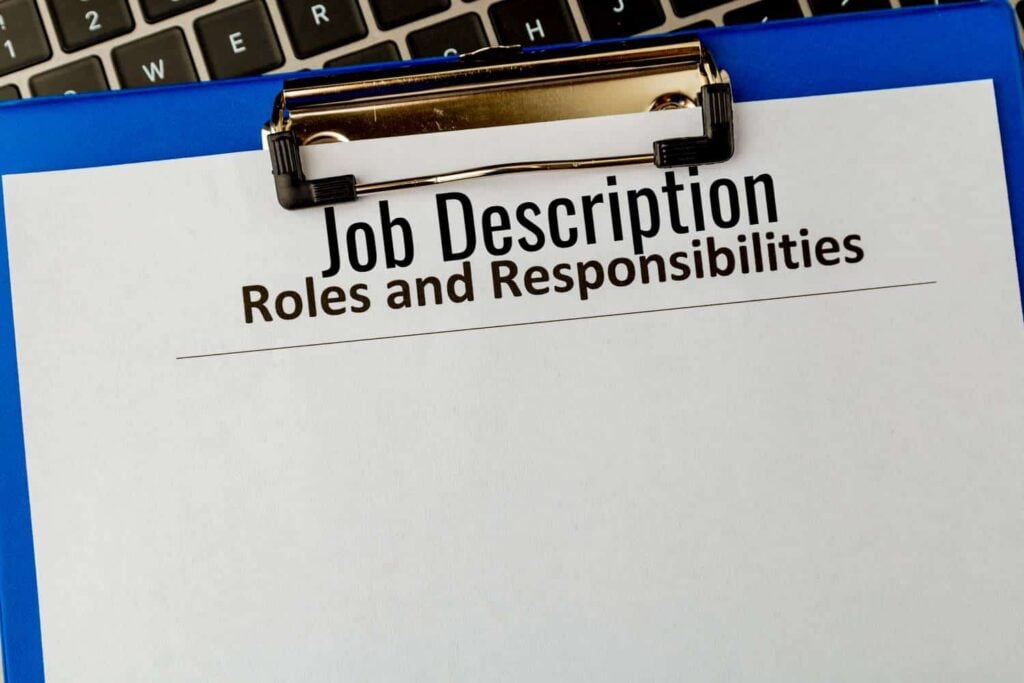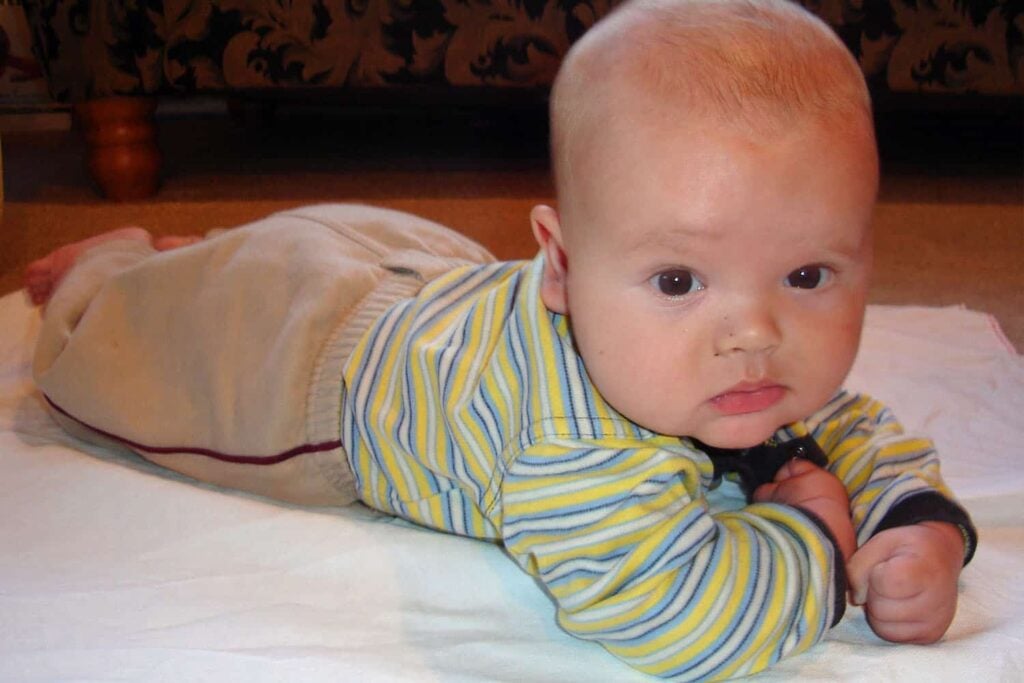December 16, 2020.
This week the Ministry of Education released a report on Covid-19 ECE participation. A copy can be found here.
It shows that parents and the ECE services from which data was used in the analysis (namely teacher-led centres, playcentres, and home-based ECE) in general followed the rules and did what the government told them to do in respect of ECE usage at each of the COVID-19 Alert Levels.
Participation in these service types was found to have returned to normal levels for most children over Alert Level 1.
The number of children attending ECE this year marginally decreased because fewer new children have entered. But overall, the children who were in ECE before the March lockdown have not dropped out.
The participation of Pacific and Māori children was lower due to COVID-19 and participation rates at low EQI services were most affected. Attendance rates for Pasifika children in Auckland took longest to recover compared to Asian, Pākehā and Māori children.
The report states:
“There is an indication that recovery in participation is taking longer for Pacific and Māori children, as well as children in low EQI services. These differences are far larger in Auckland than non-Auckland regions, and apply to three- and four-year olds, as well as younger children. This provides ample evidence that the educational effects of this pandemic are not borne equally across society.“
However, the report then cautions against jumping to conclusions:
“Data available at the time of writing do not yet give us a reliable picture of participation in Auckland since the recent transition to Level 1, so it is possible that many of these concerning findings will have already improved.”
Puzzling is why the Graph does not show a flat weekly attendance rate when all ECE services across the country were compulsorily closed – from March 26th to April 28th.
The report provides no evidence to substantiate its claim that reduced participation due to COVID-19 negatively impact on children’s learning or on their longer-term educational outcomes.
To the contrary it could be argued, for example, that:
- child health outcomes were better – children get sicker when attending ECE – take the recent norovirus outbreak in a number of Auckland ECE centres for example.
- learning opportunities continued and were different for children. We know from child development research that children’s learning is strengthened when parents are involved. Children whose parents were not essential workers, had an increase in time to spend with their parents to do activities, games, go for walks, and do activities they might ordinarily not do when in ECE like helping to paint the shed or cooking at the stove with their Dad.
- restricting child numbers in services at Alert Level 3 benefited children educationally. When services could re-open but attendance was limited to those parents who needed to use ECE, the small classes or bubble sizes were loved by teachers and children alike – resulting in having time to form relationships, and strengthening teaching and learning.
The rules imposed on child attendance
Until 23rd March there was no Covid-19 ECE participation restrictions – apart from general advice to stay home if unwell.
On Tues 24 & Wed 25 March, only the children of essential workers were permitted to attend ECE. The lockdown took effect from midnight on Wed 25 March.
From Thurs 26th March all ECE services were shut and no child could attend ECE.
From 28th April under Alert Level 3 all ECE services were permitted to begin re-opening except for Playcentres.
- Parents were however advised to use ECE only if they needed to.
- Parents who used two ECE services for their child (e.g., a combination of kindergarten and home-based ECE) could use only one.
- ECE services with limited space and/or staffing had to restrict the number of children who could attend at any time due to an increase in the minimum space requirement per child and a new requirement for children to be cared for in group bubble or class sizes of no more than 10 children for the first week and then increasing to a maximum of 20 children.
You can still find the ECE Covid-19 alert page here if you would like to take a read down memory lane.








